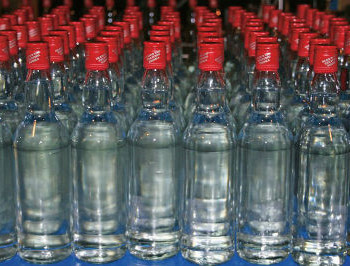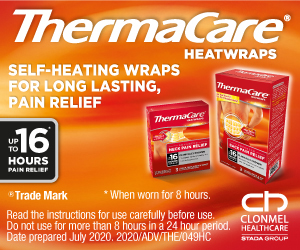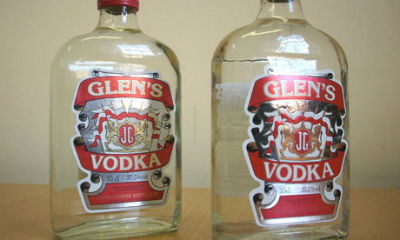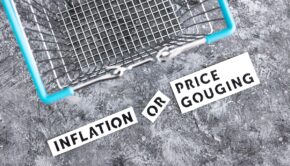Counterfeit alcohol on the rise

There has been a significant increase in the level of counterfeit alcohol that has been made available across Ireland in the last year. It seems likely that the issue could be exacerbated with the recent increases on excise duty and the minimum pricing measures that are soon to be introduced.
5 December 2013
In July the Revenue Commissioners reported a marked increase in counterfeit alcohol that had been seized in 2013 – up to 3.5 times more than in 2012. The black market tends to expand when regulation is excessive and taxation increases. The Revenue Commissioners reported in July a marked increase in the amount that had been seized in 2013 – up to 3.5 times more than in 2012. There were 12 seizures in 2013 with a total of 840 litres recovered. In 2012, 232 litres were seized. The black market tends to expand when regulation is excessive and taxation increases. The UK has had a serious issue with counterfeit alcohol for a number of years. In February 2012, The Guardian reported that there had been a five fold increase in counterfeit alcohol in 2008/2009 and 2010/2011. HM Revenue Customs seized seven million litres of counterfeit alcohol in 2008/2009 and ten million litres in 2010/2011. One factor that may have minimised levels of counterfeit alcohol in Ireland could be the availability of cheaper alcohol in Northern Ireland.
Highest tax levels
Ireland has one of the highest tax levels in Europe on alcohol products. This has contributed to a major upsurge in consumers from the Republic of Ireland visiting Northern Ireland to buy alcohol. A decrease in excise tax of 20 cent in 2010 stabilised a rapidly declining alcohol segment as Irish customers shopped in the north. Budget 2014 has introduced a 10 cent rise in excise duty for a pint of beer and cider and the standard measure of sprits, and a 50 cent increase for a standard bottle of wine. Alcohol industry members are reported to have called this measure "short-sighted" and "punitive" saying it would encourage consumers to shop over the border. The impact that alcohol prices have had on smuggling and counterfeiting in neighbouring countries is well documented. It is not unique to Ireland. Sweden (high tax) has a problem of cheaper alcohol coming in from Denmark (low tax) which has a problem with smuggled alcohol from Germany (lower tax).
Genuine bottles used for counterfeit product
Ireland no doubt has a large amount of alcohol coming into the country from the north but it is counterfeit alcohol that poses the serious risks. This alcohol is produced illegally, with vodka being the most popular spirit to counterfeit. According to Revenue this counterfeit alcohol is difficult to spot as genuine bottles are used, sourced from recycling centres and pubs. Quality control is not a matter of importance for the criminals and this alcohol could pose serious health risks. In 2011, 26 people died after consuming counterfeit alcohol in the Czech Republic. The same year 20 people died in Poland after drinking counterfeit products. This alcohol is usually sourced from the industrial alcohol sector and may contain high quantities of methanol. Methanol is a toxic substance and can cause blindness and death.
Alcohol prices are being kept artificially high by taxes in the hope that it will reduce per capita consumption and the harms associated with excessive drinking. However, there is the possibility that it will increase the availability of counterfeit alcohol, encourage organised crime, result in a loss of revenue for the exchequer and for legitimate businesses.



 Print
Print







Fans 0
Followers